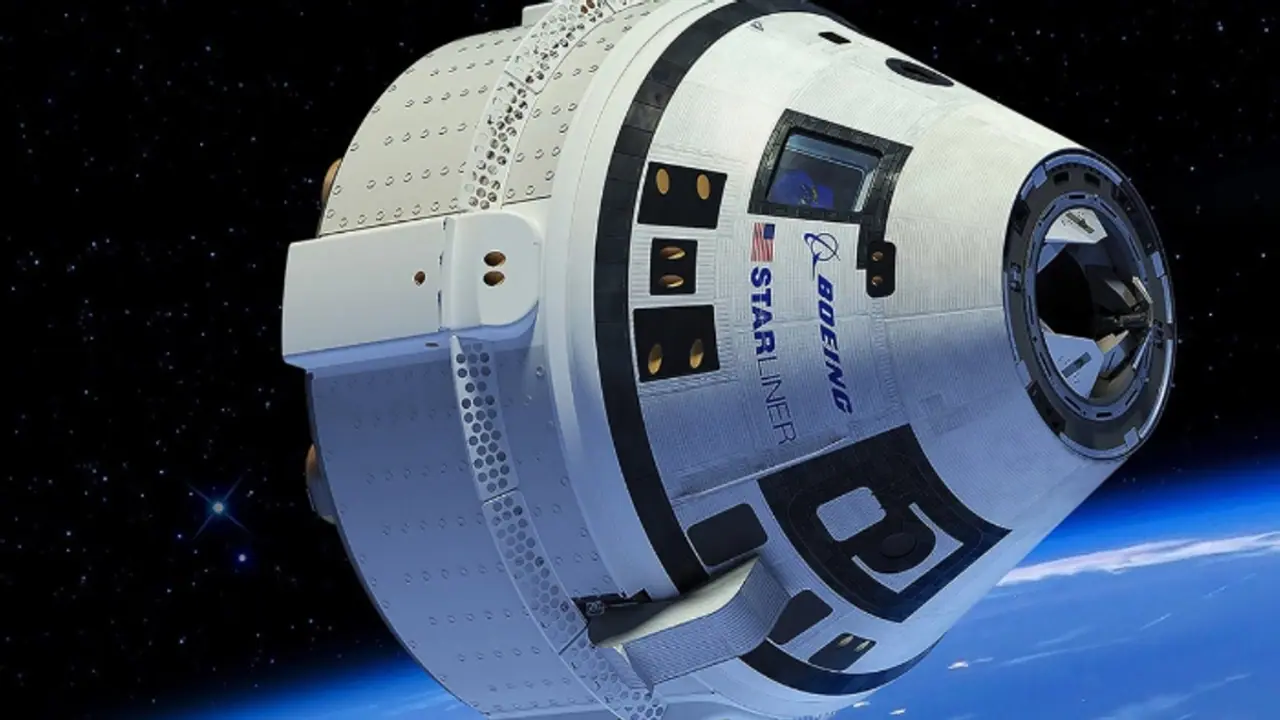The uncrewed Boeing Starliner spacecraft successfully landed back on Earth after facing technical difficulties during its mission. The spacecraft, which launched on June 5th, experienced thruster issues, delaying its return and requiring extensive troubleshooting from teams both in space and on the ground.
The uncrewed Boeing spacecraft successfully landed at the White Sands Space Harbor in New Mexico early on Saturday, September 7th. An official described the landing as "good" and "pretty awesome," and overall it was a "great" touchdown.

Another NASA official confirmed that the Starliner safely returned from its mission. She stated that the Starliner has once again shown its ability to fly safely to and from space. The Starliner started its return journey to Earth at 6:04 pm on Friday, which was 3:30 am on Saturday in Indian Standard Time.
After receiving approval from officials, the Starliner successfully separated from the ISS and began its journey back towards Earth. The journey was completed in around six hours.
Mark Nappi, who is the vice president and program manager of Boeing, expressed his appreciation for the efforts of the Starliner teams in ensuring a successful and safe undocking, deorbit, re-entry, and landing.
Starliner's Successful Touchdown
During the Starliner's landing coverage, NASA reported that at approximately 30,000 feet above ground level following atmospheric re-entry, the front heat shield detached from the spacecraft, and the drogue parachutes deployed to assist in slowing down the uncrewed capsule. The spacecraft re-entered Earth's atmosphere at speeds of approximately 17,000 miles (27,400 km) per hour.
A drogue parachute is a smaller parachute deployed to slow down and stabilize an object during the initial phase of descent, such as during re-entry into the Earth's atmosphere for a spacecraft.
Approximately 45 seconds later, at an altitude of about 8,000 feet, the drogue parachutes were released to prepare for the deployment of three larger main parachutes. These main parachutes helped slow down the Starliner to about 4 miles per hour (6.44 kilometers per hour) and facilitated a landing assisted by airbags, as stated by the US space agency.
Shortly after, the bottom heat shield was released to reveal six airbags that inflated to help cushion the landing at White Sands Space Harbor in New Mexico. The Starliner touched down in Mexico at approximately midnight Eastern Time or 9:30 am Indian Standard Time on Saturday.
Astronauts Sunita Williams and Butch Wilmore Remainin Space
The Boeing spacecraft, with NASA astronauts Sunita Williams and Butch Wilmore aboard, was launched on June 5. They arrived at the International Space Station on June 6. While in space, NASA identified technical problems with the Starliner spacecraft, causing a delay in its planned return to Earth, which was originally set for mid-June. Both the teams in space and on the ground worked tirelessly to carry out experiments and investigate the root cause of the issue with the Starliner spacecraft.
The Starliner crew module will be taken back to NASA's Kennedy Space Center in Florida, where Boeing teams will review mission data and analyze it. The part of the Starliner that contained the thrusters, known as the "service module" trunk responsible for maneuvering in space, separated from the capsule as intended right before it entered Earth's atmosphere.
The service module containing the malfunctioning thrusters was intentionally burned up in the atmosphere, following the planned procedure. This means that Boeing will need to use simulated tests to determine the cause of the hardware issue that occurred in space.
